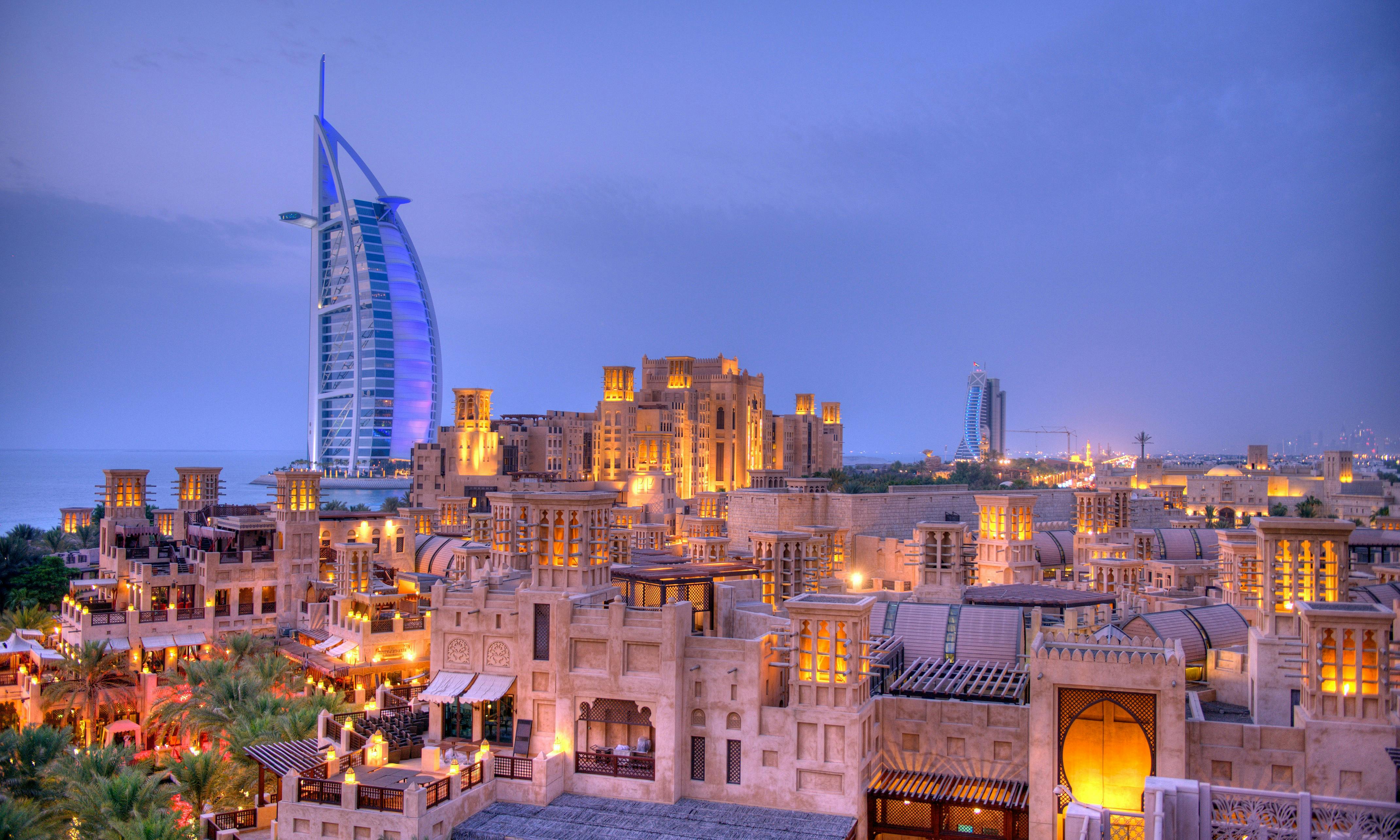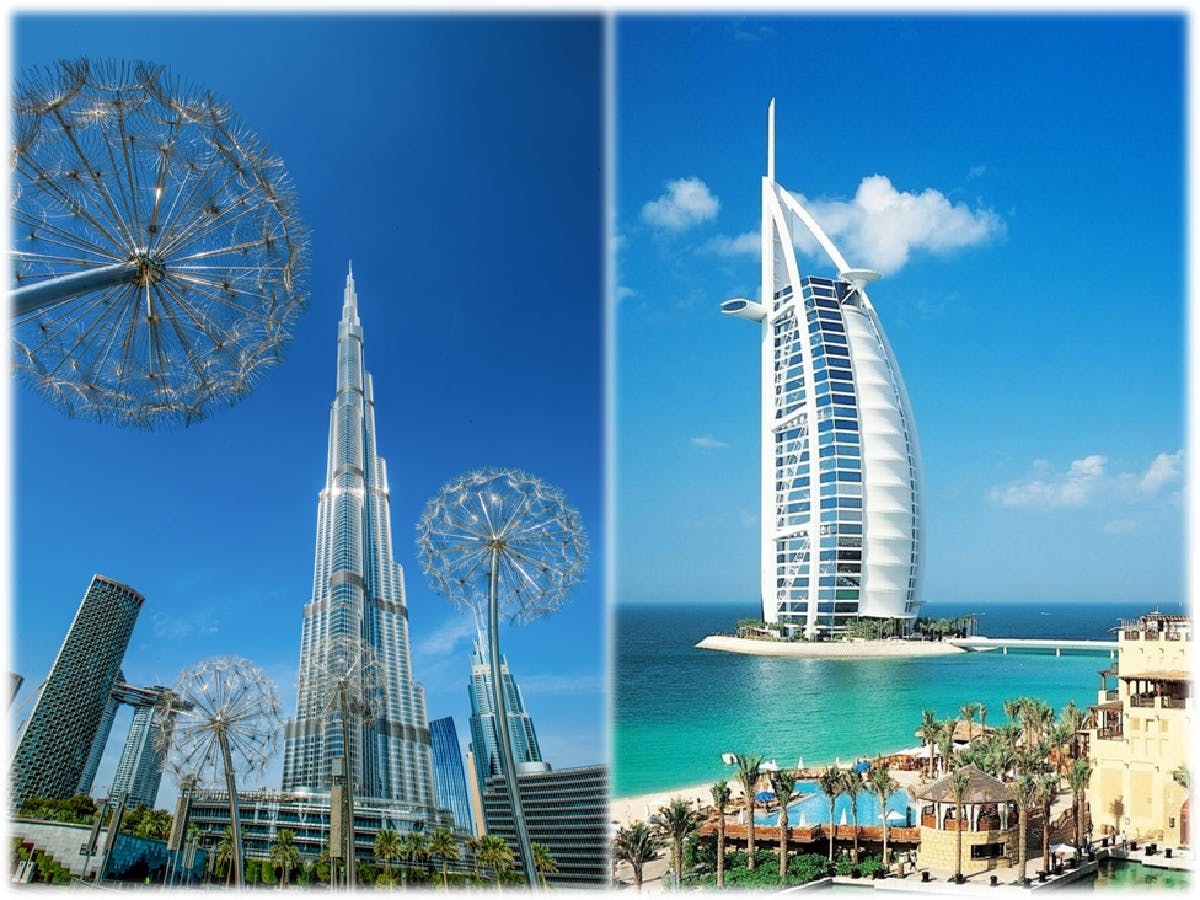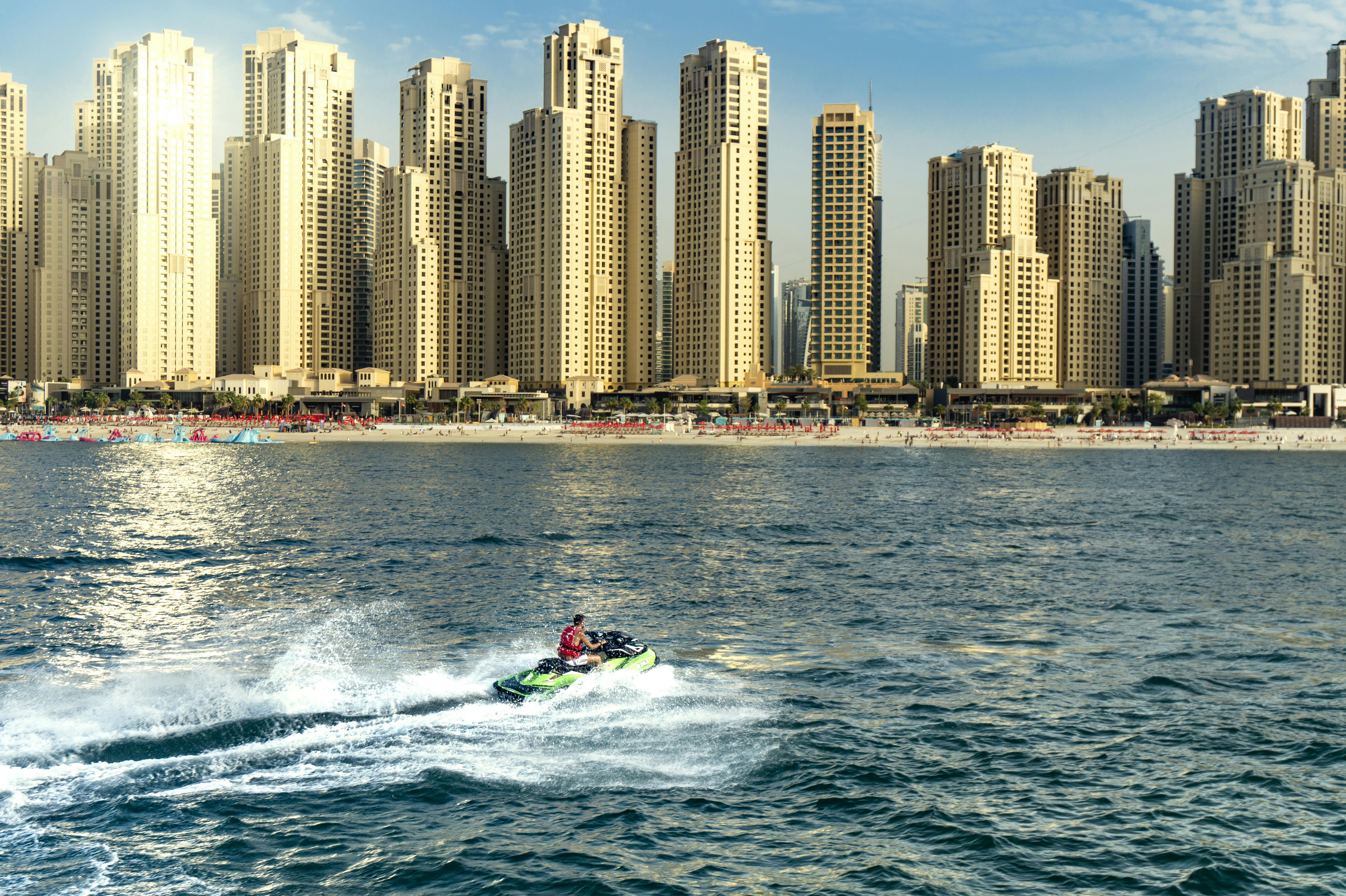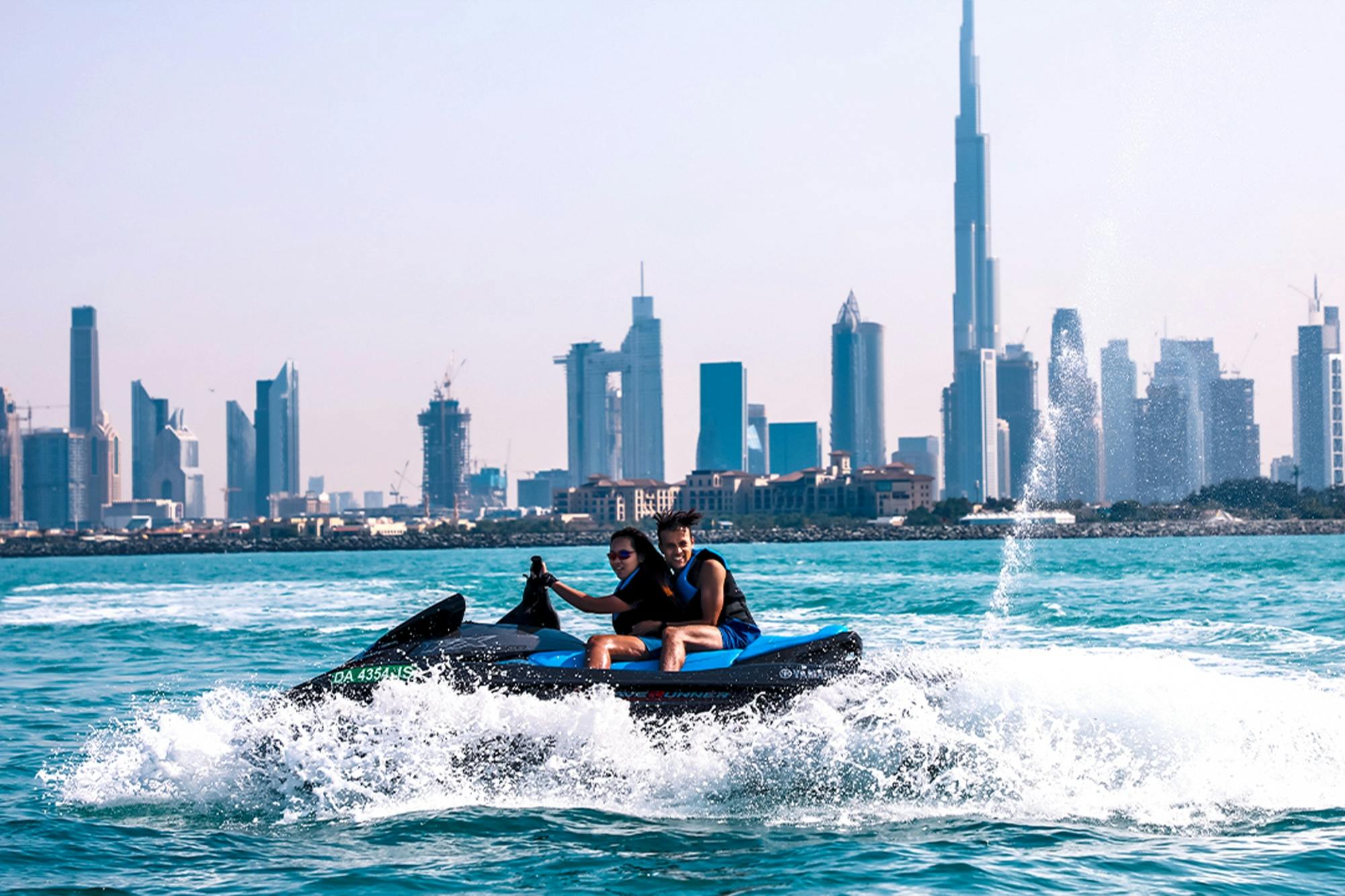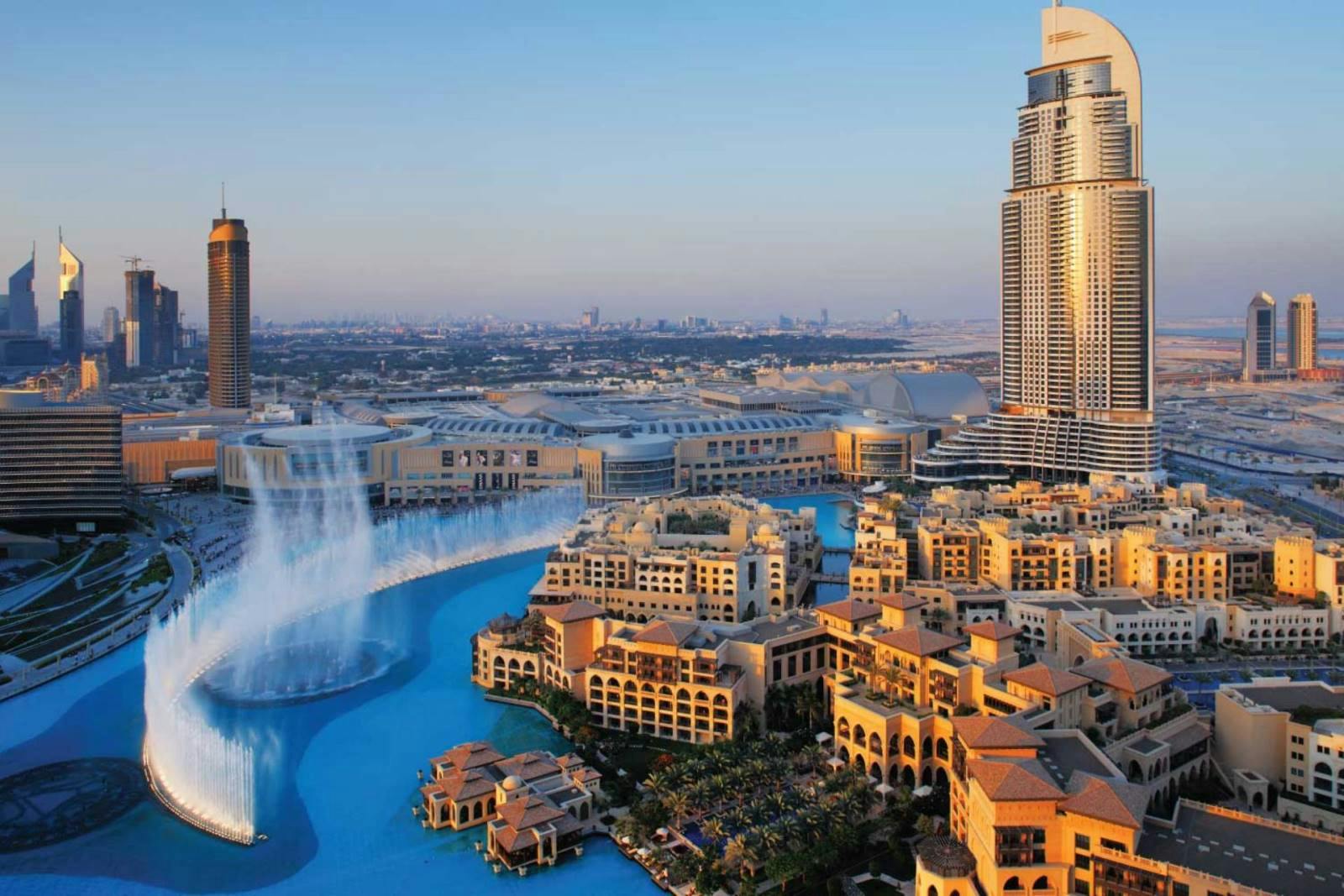The Burj Khalifa, standing majestically in the heart of Dubai, is an architectural marvel that has captured the world’s attention. This iconic structure, reaching unprecedented heights, has not only become a symbol of Dubai’s futuristic ambitions but also a testament to human ingenuity and engineering prowess. Let’s delve into the fascinating story of its construction and explore the impressive dimensions that make the Burj Khalifa a true wonder of the modern world.
Construction:
The concept for the Burj Khalifa was born out of the vision of Sheikh Mohammed bin Rashid Al Maktoum, the ruler of Dubai, to create an iconic structure that would propel the city onto the global stage. The renowned architecture firm Skidmore, Owings & Merrill SOM was entrusted with the design, while the South Korean company Samsung C&T and the Belgian firm Besix oversaw its construction.
The construction of the Burj Khalifa began in 2004 and took an astonishing six years to complete. The process involved the collective efforts of thousands of skilled workers, engineers, and architects. The construction site was a beehive of activity, as workers meticulously pieced together this towering edifice.
Height and Structural Features:
When it comes to height, the Burj Khalifa is unparalleled. Soaring to a staggering height of 828 meters 2,717 feet), it holds the distinction of being the tallest structure ever built by humankind. Its vertical ascent is accentuated by the tapering design, resembling a spire piercing the sky.
The structure consists of a composite system, combining reinforced concrete and steel. The inner core, composed of reinforced concrete, serves as the primary structural element, providing stability against wind and other forces. Surrounding the core is a steel frame, which helps distribute the weight and stresses evenly throughout the building.
The Burj Khalifa comprises 163 habitable floors, offering a breathtaking mix of residential, commercial, and leisure spaces. Its observation decks, situated on the 124th and 148th floors, provide visitors with unparalleled panoramic views of Dubai’s skyline and the surrounding Arabian Gulf.
Technological Innovations:
The construction of the Burj Khalifa pushed the boundaries of engineering and incorporated numerous technological innovations. One such innovation was the development of a high-performance concrete that could withstand the immense pressures exerted on the building. Advanced structural systems were employed to mitigate the effects of wind and seismic forces, ensuring the tower’s stability.
To address the challenges of the extreme desert climate, the tower was equipped with a sophisticated cooling system. Water is collected from the condensation of the building’s cooling equipment, stored, and then used for irrigation purposes in the surrounding landscape, contributing to sustainable water management.
Symbolic Significance:
Beyond its physical grandeur, the Burj Khalifa holds immense symbolic significance. It serves as a powerful symbol of Dubai’s meteoric rise as a global hub for commerce, innovation, and luxury. The tower’s sleek and elegant design is a nod to the city’s futuristic aspirations, embodying its commitment to pushing boundaries and embracing innovation.
Conclusion:
The Burj Khalifa stands as a testament to the limitless possibilities of human ambition, engineering excellence, and architectural ingenuity. Its construction and awe-inspiring height have captivated the world, establishing it as an iconic landmark of Dubai and a symbol of human achievement. With its impressive dimensions, technological innovations, and symbolic significance, the Burj Khalifa continues to inspire and leave an indelible mark on the world’s architectural landscape.




